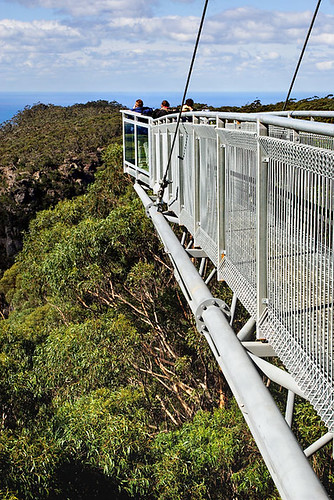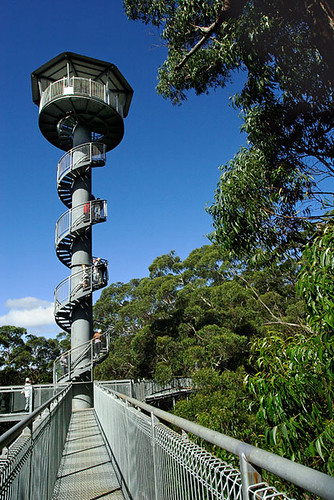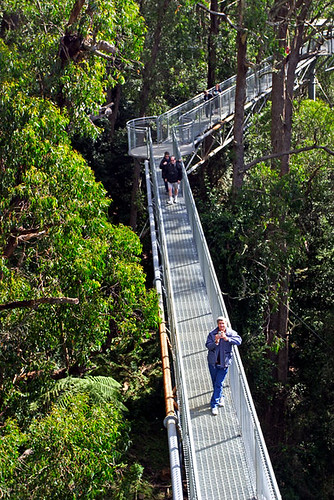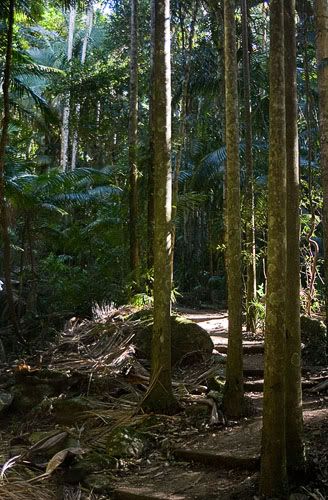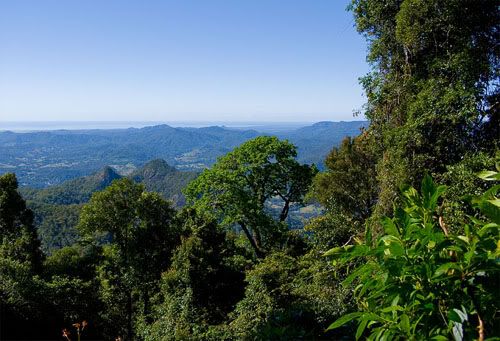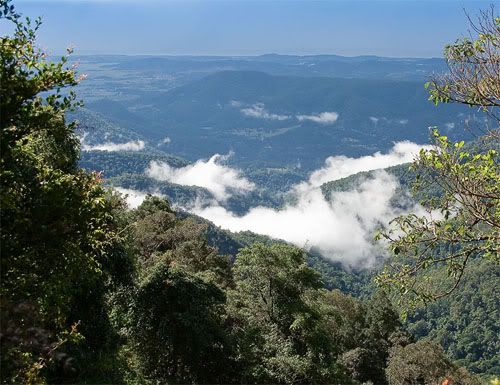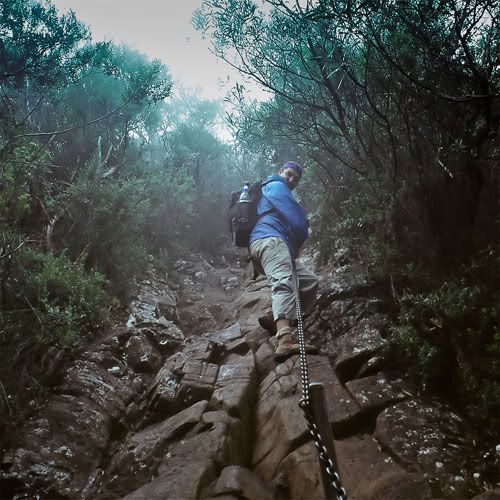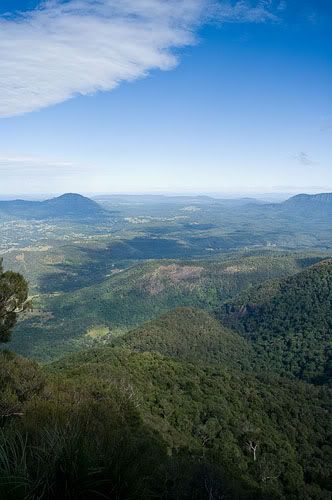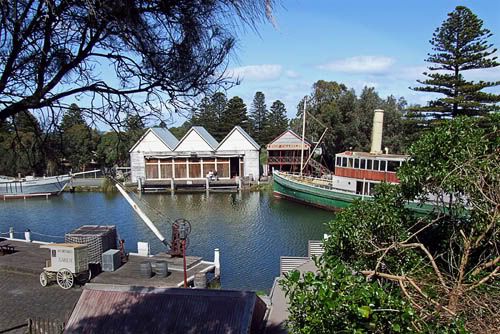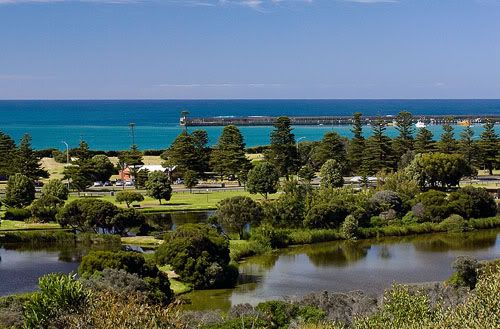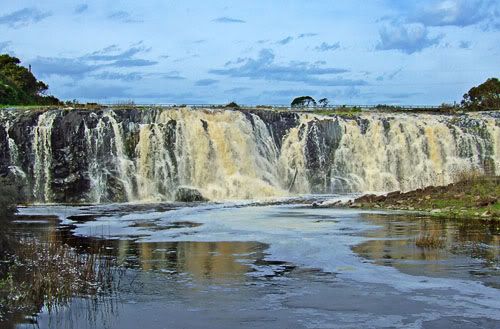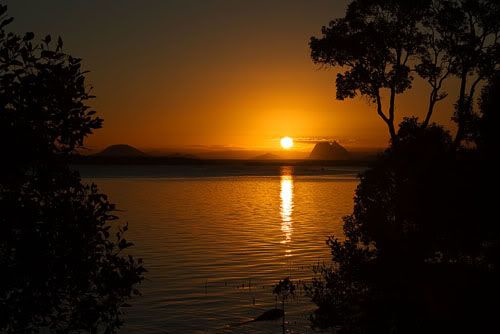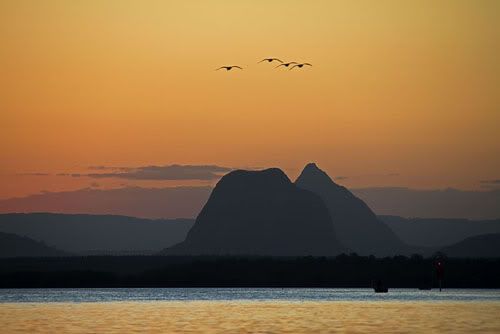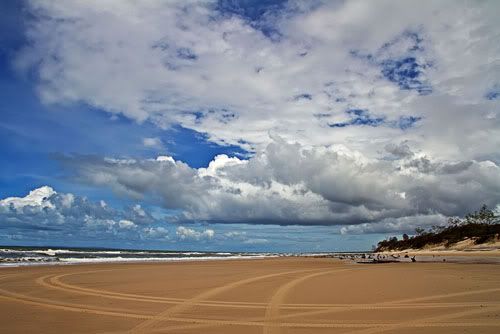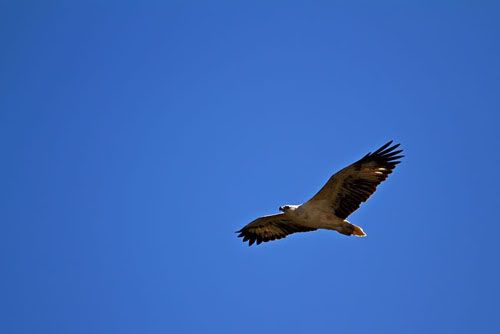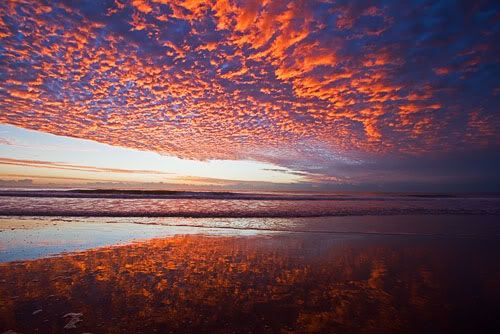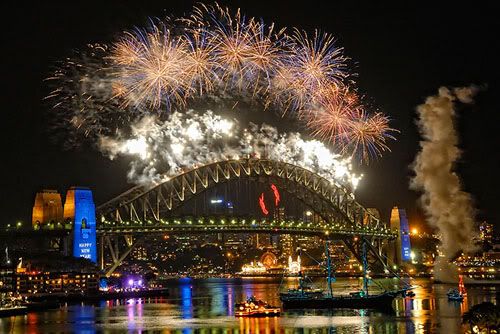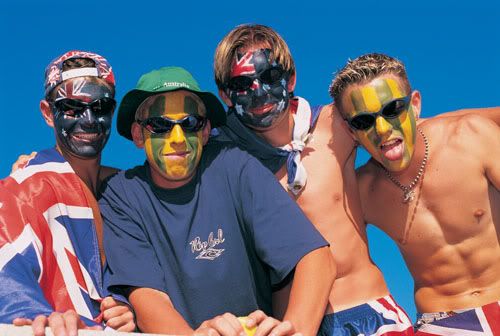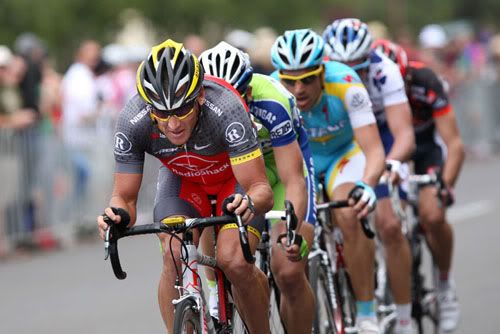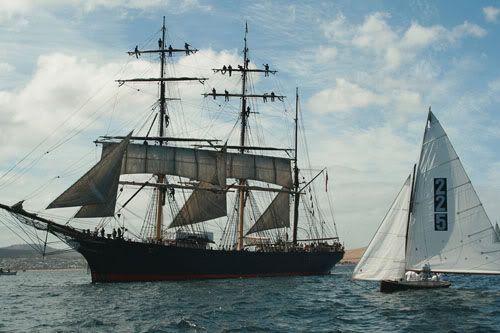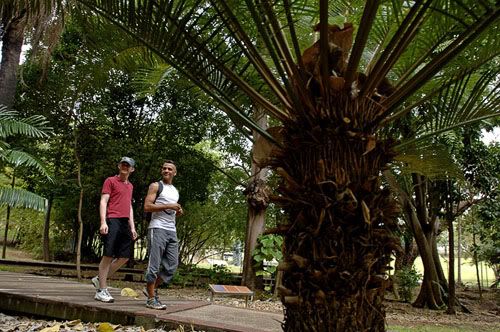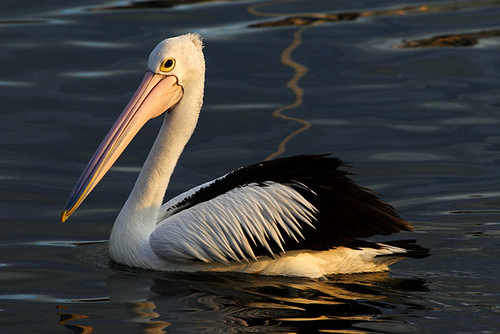By Darren Stones
Visitor Information Centres around Australia are where people usually get their first taste of Steve Parish’s magnificent Australiana photography. Wildlife books, calendars, diaries, discovery guides, fun books for kids, coffee table and instructional books are just some of the vast range of products that Steve Parish Publishing offers.
I recently interviewed Steve, and thought it was interesting that as a passionate advocate for wildlife protection, he says that governments need to consider implementing policies which lessen human impact on the environment.
Darren Stones -
After 50 years photographing Australia, and seemingly still having the fire in the belly, what inspires you to travel and take photographs around Australia?
Steve Parish - A sheer love of the landscapes and wild places of this nation, and the flora and fauna that inhabit them, is what keeps me on the road — as well as the knowledge that the only way people will ever protect nature is if they connect with it. My publications help make that connection. I know not everyone has the luxury of spending half of the year or more on the road visiting far-flung Aussie paradises —let alone five decades travelling Australia! — but I hope that when they see photos in one of my books or calendars they think “How amazing. I want to go there one day and see a tree-kangaroo for myself”, and I’m sure they then will. And when they do, they’ll care so much more about the fate of that animal. That’s inspiring, to think I can inspire someone else to care more about the natural world.
 Steve Parish
Steve Parish
Photo: ©Steve Parish -
Steve, as an experienced photographer, how do you prepare yourself mentally for a photographic journey on the road for weeks away from home?
Steve Parish - I find that for me, there is a great solace in solitude, so I don’t prepare myself mentally as much as it prepares me! Travelling and photographing is not a job to me, it’s a release. Being on the road, just me and a tent and a camera, frees me from the everyday stresses of running a very successful Australian natural history publishing company, and allows me unbridled creativity and freedom. It gives me time and space to think and feel and, for me, that’s extremely cathartic. Most times it feels like I am more at home on the road than anywhere else!
Darren Stones -
Who assists you with your photography when out in the field and what are the key things they do to help you?
Steve Parish - My wife, Catherine Prentice, travels with me a lot, and Greg and Emma Harm, two of my talented image library staff, also accompany me on occasion. They all keep me grounded, help with equipment, navigate when necessary, and keep a track of where we’ve been and when, which is useful for when we add photographic metadata to the database. Greg and Em also sometimes help with post-production, and of course, they’re all good company. All of them usually also take their own photographs too when on the road and I’m always astonished by how different each person’s photographic “vision” of a place can be. Sometimes we can be in the same place at the same time, but the individual shots are very clearly unique to that photographer. I love that.
 Steve Parish photographing ephemeral wildflowers in Uluru-Kata Tjuta National Park
Steve Parish photographing ephemeral wildflowers in Uluru-Kata Tjuta National Park
Photo: ©Steve Parish -
Before leaving home, what type of research do you undertake about the subjects you intend to photograph? Do you call on other people to assist you with your photography research?
Steve Parish - After five decades of photographing Australia, I find a lot of the places I’m visiting are like old friends, so I know what to expect. But part of my work is not just in taking images but also in interpreting them for others in books, so that I can create educational resources like the recent Nature Watch range we did for children. So I do spend time in museums and reading about local history. We also produce a range of calendars every year, so it’s imperative I research what’s new in each city or region architecturally and any new popular attractions.
Above all, I like to research the unique or endangered animals and plants that make their homes in a region and do my best to find and photograph them. Also, it always helps to understand who the bushies or “characters” are in small outback towns, because they spin the best yarns and fill you in on local history. I’m lucky also to have a dedicated team of editors and fact checkers in the office who do their own research and fill in any blanks for me.
Darren Stones -
What have you discovered to be your greatest challenges when travelling to various locations in Australia to photograph landscapes, seascapes and wildlife?
Steve Parish - As I say in my Wild Australia Photographic Guides: Weather, weather, weather, and climate! When you live in Queensland everyone expects bright, hot summer days with not a cloud in the sky, but we all know that those days are not great for photography because there are too many contrasting overhead shadows and because clouds and weather features make beautiful enhancers for landscape and travel shots.
As a photographer, there’s so much I can manage — my equipment, the time and date of travel, how many days to stay, etc — but I can’t control the weather. There’s nothing more disappointing than getting all the way to Litchfield National Park only to have to leave because it’s boggy and wet the whole time, or trying to get a wonderful turbid seascape in Leeuwin–Naturaliste National Park only to find it’s flat and grey when I visit. Of course, I work around it as much as possible and try to get dawn and dusk shots or wait for the clouds, storms or interesting weather to arrive, but I would say it’s my greatest challenge to be patient on clear weeks where every day is like Groundhog Day. I love dramatic, unusual weather that brings something different to an image.
 The Sydney Opera House and Harbour Bridge illuminated at night
Photo: ©Steve Parish
The Sydney Opera House and Harbour Bridge illuminated at night
Photo: ©Steve Parish -
Steve, what’s been the funniest moment you’ve experienced whilst taking photographs?
Steve Parish - Hard to pinpoint just one — there’s been so many amusing moments over the years, which is another reason to keep me on the road. One that springs to mind is that recently, up in the Daintree, I was bailed up in a thicket by a male cassowary. I was so in awe of this majestic bird and his chicks, that, despite keeping a fair distance, I failed to notice his chicks had seen my shadow and started following me instead of him. Well, Dad didn’t like that one bit, of course! In a flash he turned around and charged me. They’re bloody big birds and an altercation with one is the last thing any photographer wants, so I bolted for a little stand of trees and vines and holed up inside, while he tried his hardest to get at me. Actually, it was pretty scary at the time, but very funny afterwards once he’d conceded I wasn’t a threat if I stayed out of his way — I did too!
Darren Stones -
As a passionate advocate for protecting Australia’s nature areas and wildlife, what do you believe are the greatest challenges our governments face to ensure that the impact of people on our nature areas and wildlife is minimized?
Steve Parish - Well, firstly I concede that government agencies have very difficult jobs to do when it comes to wildlife conservation — there are just so many issues to juggle, and a lot more research that needs to be done in order to do the job properly. When I photographed for the Queensland National Parks and Wildlife Service all those years ago, I quickly discovered how much of a political hot potato the whole issue is. But for me, the hardest thing is probably balancing the needs, or perceived needs of humans, with those of wildlife and ecosystems. We’re a very selfish species — we don’t like to share — but the truth is, we have to, and our lives can be enriched by having possums and birds in the backyard or encouraging native plants to grow in our cities.
We have to stop letting our comfort override the rights of animals that share our habitats. We have to recognise that there’s not just a dollar value in big industry but also in wildlife and habitat, and not just from tourism. Some things, like the biodiversity value and spiritual value of wild places, are priceless, but sometimes that makes it difficult to convince politicians they should be given more consideration. Everything boils down to dollars, which is a great shame as the animals don’t care about that. And I hope future generations won’t either — that they’ll realise being able to see a Koala or an endangered Northern Quoll in the wild is worth more than a mine or a new housing development.
 Yachts set sail on Sydney Harbour
Photo: ©Steve Parish
Yachts set sail on Sydney Harbour
Photo: ©Steve Parish -
There's times when photographers are harassed in public areas for taking travel documentary style photographs. What advice do you have for photographers who encounter these sticky situations? Have you ever had to deal with any awkward situations yourself, and what did you do when confronted?
Steve Parish - I think the thing to remember is that you’re just doing your job. I can honestly say I’m rarely hassled in public, though. I’ve also found that people are happy to be included in my books and I sometimes get letters from people who recognise themselves in an incidental travel shot and are chuffed. But I think travelling with my wife helps, because it means I’m a bit less conspicuous as a professional photographer, and probably a bit less threatening than a man by himself. Of course, you have to always be careful about photographing children, so take the time to let parents know what you’re doing and get their permission. Many parents are happy to oblige and extroverted kids can make delightful subjects and love to turn on the smiles for the camera once they know you’re a professional. If confronted about photographing in a public place, sometimes it may just be easier to apologise and pack up rather than try to argue your right to be there. A lot of people are in the dark about the laws relating to public photography, but the truth is you can photograph in most public places without having to obtain a license or special permission.
Darren Stones -
Steve, is there something you haven't photographed in Australia as yet that you really want to photograph?
Steve Parish - There’s an awful lot of endangered species that I haven’t seen hide nor hair of in the wild, and would love to photograph, and of course, some of the very isolated and rugged terrain in the Top End and Kimberley I’ve photographed only from the air. What I would love to do most is get back in the wetsuit and do some more diving so I can photograph marine invertebrates again. The colour down there in the ocean is truly astonishing. So I’ve made it a bit of a mission to try to get fit so I can return to scuba diving. At sixty-five, it’s ambitious, but I’m working on it.
 Camel train at sunset, Cable Beach, Broome
Photo: ©Steve Parish
Camel train at sunset, Cable Beach, Broome
Photo: ©Steve Parish -
Can you share three practical photography tips that you believe a travel photographer can implement in the field to improve their travel photographs?
Steve Parish - It sounds over-simplistic, but take vertical shots, horizontal shots and shots that are framed up close and from a distance. When you later sell them to magazines or use them in books where you want to bleed the image off the page you’ll be happy you took that loosely framed shot, even if your natural instinct is to crop it close. Also, I like to take a series of shots that “tell a story”, so if the editor wants something deeper, you can provide a gallery of images that reflect the place’s landscapes, flora and fauna, culture and “spirit”.
Choose your time wisely. In Australia, the time of year is critical to the photos you’ll get. The south-west of WA for instance is just spectacular in spring, with all the wildflowers, but a few months later will have lost some of its gloss. Even if you’re photographing outback towns, you should time it to be there for local events, such as rodeos or outback races, which can help you capture the townspeople at leisure and add some colour and interest to your shots.
It’s all about mood, content and design. And of those, to me, mood is the most important. I’m a very emotional photographer and mood helps people connect with an image. You can have the best content in the world and frame it beautifully, but if an image lacks mood and emotion it will still just attract a passing glance, rather than make someone stop and truly absorb the “feel” of the moment.
 Alice Springs Rodeo
Photo: ©Steve Parish
Alice Springs Rodeo
Photo: ©Steve Parish -
Do you believe it's important for travel photographers to dabble in writing about their travel and photography experiences? What do you believe is a good starting point for them to write?
Steve Parish - Absolutely, but I also recognise that not everyone is a writer. They say a picture tells a thousand words and some photographers are skilled enough to make that entirely true. Like photography, however, writing is an art form and for me, it’s about creativity. I like exploring all aspects of my creativity and that’s why I also write. I don’t write all the time, but when it comes to trying to explain what is a very personal journey, as in my new book
Steve Parish: 50 Years Photographing Australia, well, I’m the only person who can truly explain what it felt like to stand there and watch that shy young Common Wallaroo staring at me, or how I got to where I was and why.
Actually, I’m very proud of
Steve Parish: 50 Years Photographing Australia because I’ve always been a little insecure about my writing (particularly when I’m writing about myself), but my editors were impressed and the public response to it has been overwhelming, so it’s nice to finally feel that my writing is also a legitimate part of my creative process. I’m blown away sometimes that people are so interested in my life and my personal story of five decades doing what I do. I would say that if you do choose to write, make it personal. Make it as much of an insight as your photos are, and always have someone else edit it. They’ll pick up things you never considered or that your over-familiar eyes miss.
 Uluru in close-up, Uluru-Kata Tjuta National Park, Northern Territory
Photo: ©Steve Parish
Uluru in close-up, Uluru-Kata Tjuta National Park, Northern Territory
Photo: ©Steve Parish -
When away from home and travelling on the road, what do you do to relax and unwind after a day of photographing?
Steve Parish - Sounds strange, but editing my photographs and adding the relevant metadata, so we can ID them in the image library, is often what I do to relax and unwind! It helps me reflect on the day I’ve had and I just love seeing those pixels on the screen and admiring the place again. It’s a far cry from the old days when you had to wait days or even week for the prints to come back from the developer or dark room. I also like to relax by watching a good film. I’m a bit of a film buff, and of course, sleep is always a luxury.
 Gnarled Eucalypt
Photo: ©Steve Parish
Gnarled Eucalypt
Photo: ©Steve Parish -
What lies ahead for Steve Parish as a photographer?
Steve Parish - More of the same, but better. The great thing about getting older is that you’re always looking for new ways of doing things — you’d get bored if you didn’t! So I feel even more creative at sixty-five than I did at twenty-five. At the moment, I’m really absorbed by the abstract artistry of landscape, particularly the effect of water on stone, vegetation and ecosystems. Water really is a master architect and sculptor, as well as gardener in a sense, so I’m working on something to do with that. I’m also on a mission to catalogue Australia’s national parks again. We have so many incredible wild places and I want to be able to share them with the world.
Also, the publishing industry is undergoing a digital revolution at the moment, and I want to be at the forefront of that too, so we’re working with a company called Brisware to develop some innovative eBooks and Apps, which are an entirely different way of thinking about the concept of the “book”. I’m loving the greener, cleaner benefits of that too, and it’s adding some great interactive creativity. It really is an exciting time for book publishing and I think one that will provide great opportunities for all photographers and creative types.
About Steve Parish:
Based in Brisbane, Queensland, Steve Parish Publishing provides a unique Australian nature experience that will inspire you to celebrate and connect with an incredible natural world.
http://www.steveparish.com.au/


